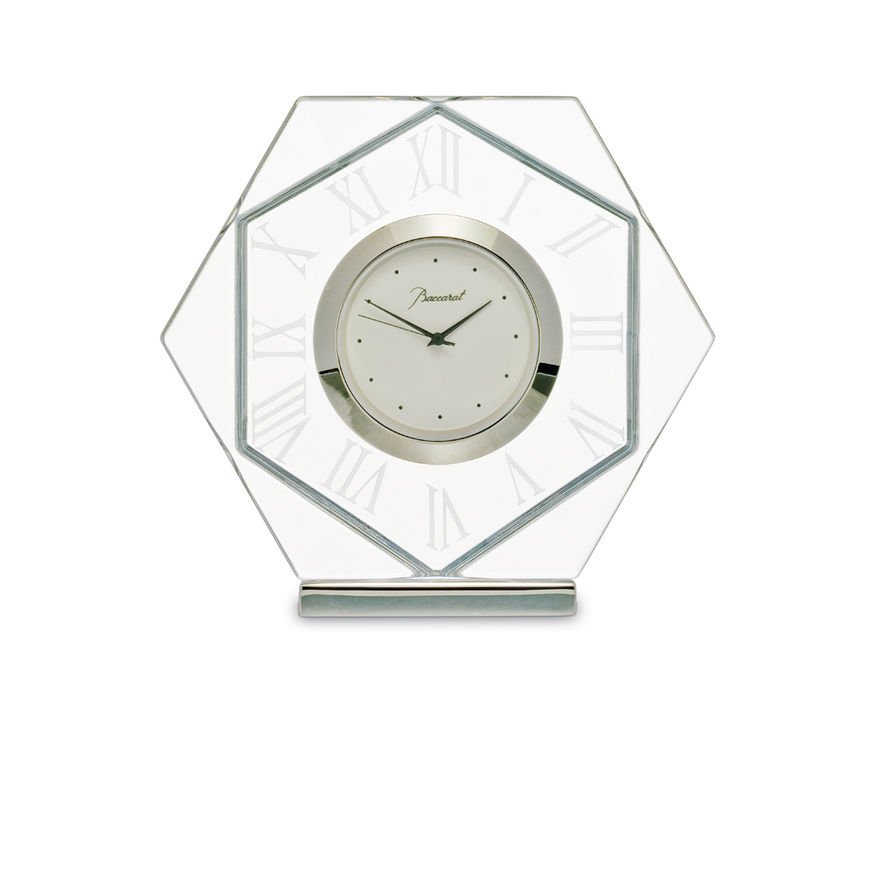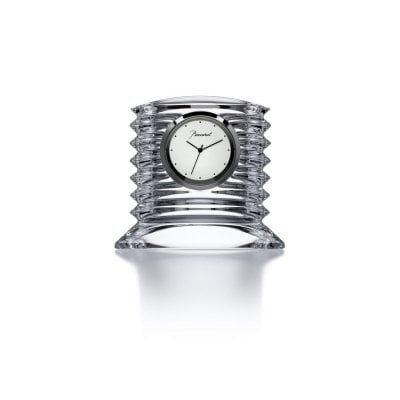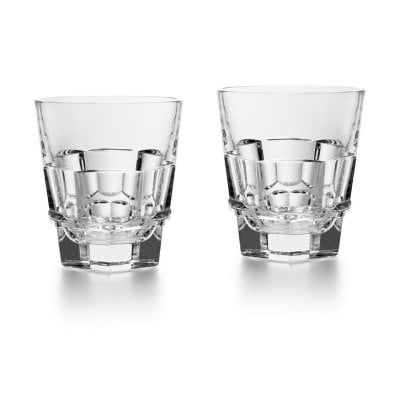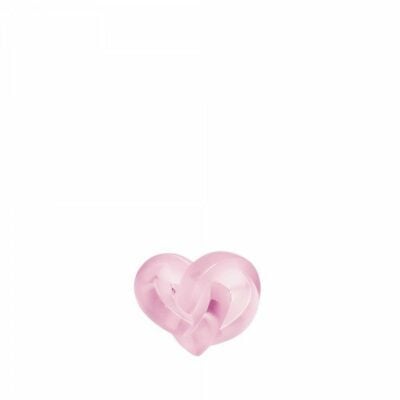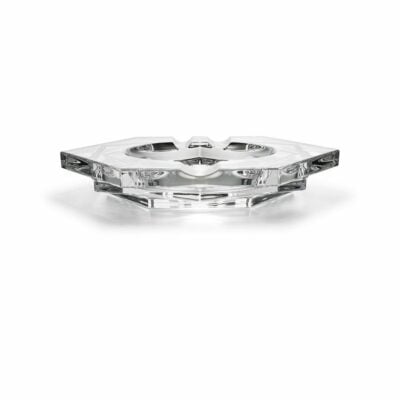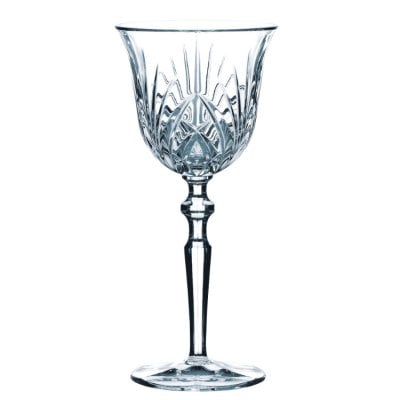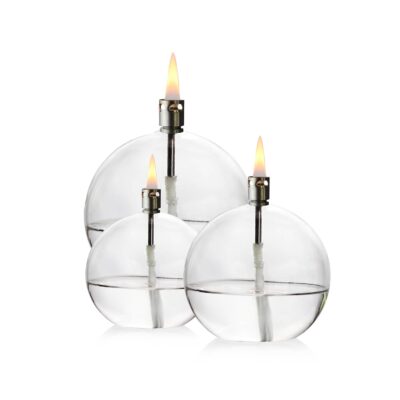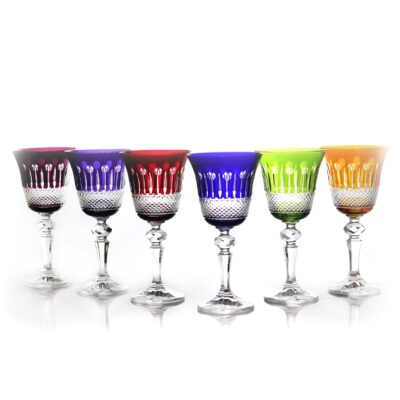WE PROVIDE INSURANCE FOR YOUR ORDER
With more than 138 years of experience, our export team takes the greatest care to package each order. A damaged product? We will send a new one. A lost parcel? We will send a new one. The shipping cost include an insurance break and lost.
CUSTOMER REVIEW
ENJOY TAXFREE
For a delivery outside the European Union, you can pay your order without VAT. Please, use the coupon code FREETAX into your cart.
RECEIVE A GIFT FOR EACH ORDER
We take care of our customers. For each order, you can select a gift in you cart. More you buy, bigger the gift is. Follow this link to discover the gift list.
WIN FIDELITY POINTS
We reward your fidelity. Each order allows you to win fidelity points, that you can use for your next order. Enjoy extra discount. Don't forget to creat an account or to login into it. Learn more ?
ADDITIONNAL INFORMATIONS
HARCOURT ABYSSE CLOCK BACCARAT :
HARCOURT ABYSSE CLOCK BACCARAT, The Harcourt Abysse clock features an elaborate hexagon-within-a-hexagon form etched with Roman numerals and a stainless steel-encircled face. The stunning Clear crystal analog clock is battery-powered. The classical design of the clock is as timeless as it is timely. This desk accessory was designed for Baccarat by Thomas Bastide. Other stunning Harcourt Abysse home décor pieces include the Harcourt Abysse candlestick and pencil holder. The Harcourt Abysse collection also encompasses multiple bar and stemware pieces, ranging from a box set of tumblers to the Harcourt Abysse decanter.
♦ BACCARAT :
Before it became synonymous with the famous crystal, Baccarat was first of all, in the 18th century, a village of woodcutters who worked supplying wood to the Rosieres saltworks. When the works closed in 1760, the owner, the Bishop of Metz, Monsignor Louis de Montmorency-Laval, decided, with the consent of King Louis XV, to create a glassworks in order to provide employment for the population.
The glassworks opened in 1764 and began by producing domestic glass including mirrors and goblets. But the French Revolution, and the numerous wars of the Empire, proves disastrous for the business. Aimé-Gabriel d’Artigues, a Belgian crystal maker, purchased the glassworks and transformed it into a crystalworks.
The first furnace for crystal production was fired up on November 15th, 1816. Because of the health problems, d’Artigues had to give up Baccarat, which he sold to three associates. The sale took place on January 7th, 1823 and this was the beginning of Baccarat’s great history.
19th century was an age of major technical innovations which had a remarkable effect on creation. The “Robinet” pump, invented by a Baccarat glassworker, made it possible to blow glass pieces of large dimension by replacing a man’s breath with propulsed air. Perfection of mechanical molding devices made it possible to produce a line of products at affordable prices, as did the automatic pressing process used in the early 1830’s, which also made it possible to mechanically create the effect of hand-cut crystal.

